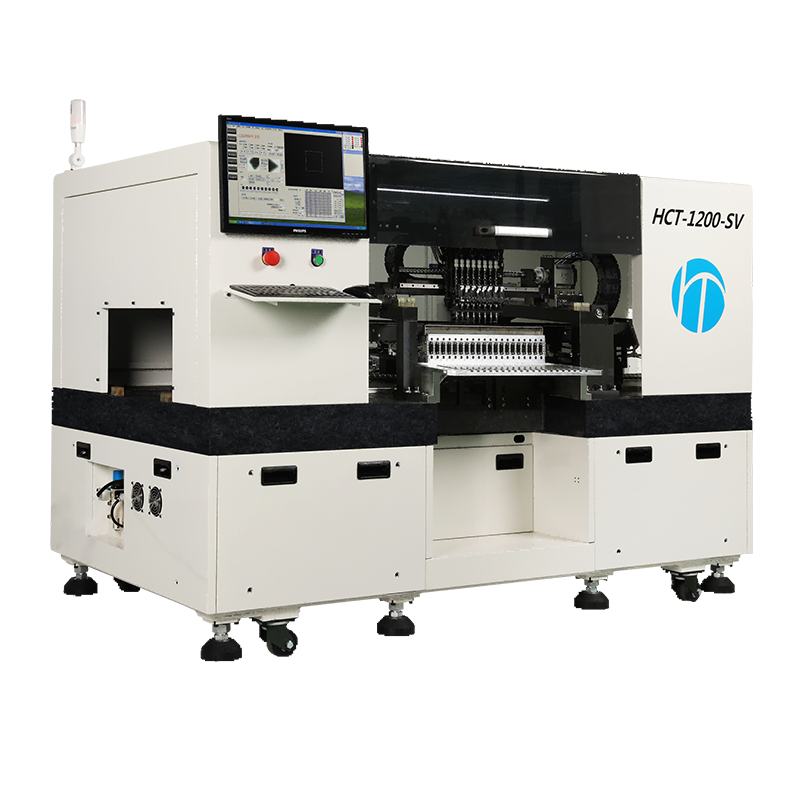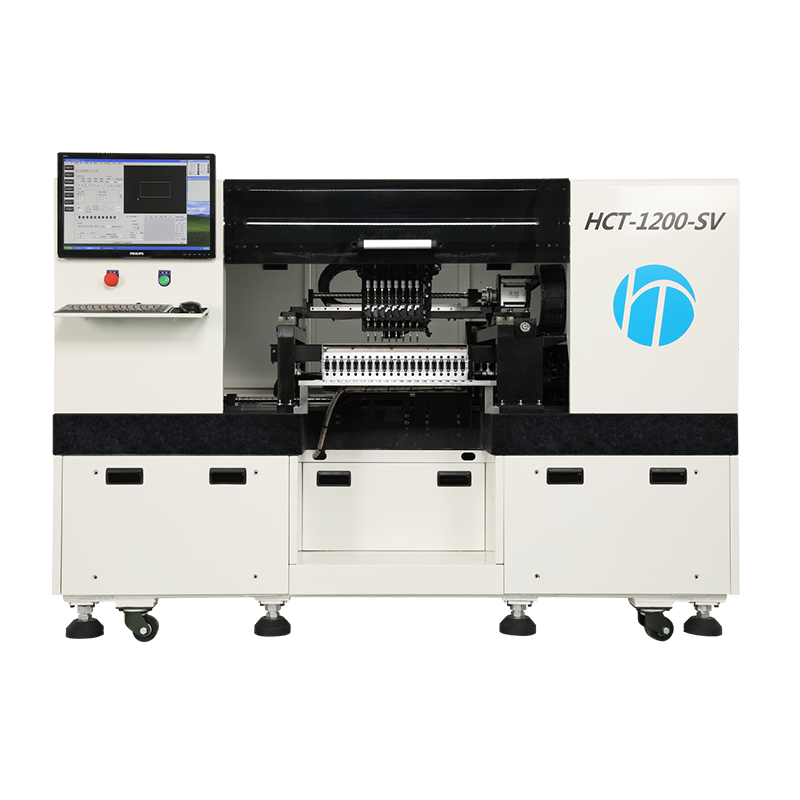Email format error
Email cannot be empty
Email already exists
6-20 characters(letters plus numbers only)
The password is inconsistent
Email format error
Email cannot be empty
Email does not exist
6-20 characters(letters plus numbers only)
The password is inconsistent


How to Masterfully Operate Fully Automatic LED SMT Machines
In the realm of electronics manufacturing, fully automatic LED Surface Mount Technology (SMT) machines represent the pinnacle of efficiency and precision. These sophisticated devices play a crucial role in assembling LED components onto printed circuit boards (PCBs) with unparalleled speed and accuracy. However, mastering the operation of these machines requires a combination of knowledge, skill, and finesse. Fear not! In this engaging guide, we'll walk you through everything you need to know to become a proficient operator of fully automatic LED SMT machines, from setup to troubleshooting.
Understanding Fully Automatic LED SMT Machines
Before delving into the operational aspects, let's ensure we're familiar with what fully automatic LED SMT machines are and how they function.
What Are Fully Automatic LED SMT Machines?
Fully automatic LED SMT machines are advanced devices used in electronics manufacturing to pick up LED components from feeders, accurately place them onto PCBs, and solder them in place—all without human intervention. These machines feature high-speed placement heads, precision vision systems, and sophisticated software algorithms to achieve remarkable levels of efficiency and accuracy.
How Do Fully Automatic LED SMT Machines Work?
The operation of fully automatic LED SMT machines involves several key steps:
-
Component Placement: LED components are loaded into feeders, which supply them to the machine. The machine's placement head picks up components using vacuum suction and precisely places them onto designated locations on the PCB.
-
Vision Inspection: Sophisticated vision systems ensure accurate component placement by detecting the position and orientation of components on the PCB. This feedback allows the machine to make real-time adjustments for optimal alignment.
-
Soldering: Once components are placed, the PCB moves through a soldering process, where solder paste is applied to connection points, and the components are soldered to the board using heat.
-
Quality Control: After soldering, the PCB undergoes thorough inspection to verify solder joints, component alignment, and overall quality. Any defects are flagged for rework or repair.
Mastering the Operation of Fully Automatic LED SMT Machines
Now that we understand the basics, let's dive into the steps for effectively operating fully automatic LED SMT machines.
1. Machine Setup and Calibration
Before starting production, it's essential to properly set up and calibrate the machine for optimal performance.
a. Feeder Setup: Load the feeders with LED components according to the production requirements. Ensure that the feeders are correctly installed and aligned with the machine's placement head.
b. Machine Calibration: Calibrate the machine's vision system to accurately detect component positions on the PCB. This may involve adjusting camera settings, lighting conditions, and calibration parameters.
2. Program Preparation and Optimization
Programming the machine with the correct placement instructions is crucial for successful operation.
a. Program Creation: Use the machine's software interface to create placement programs specifying component placement locations, orientations, and soldering parameters.
b. Optimization: Fine-tune placement programs to optimize placement speed, accuracy, and soldering quality. Adjust parameters such as placement speed, nozzle sizes, and soldering temperatures as needed.
3. Production Monitoring and Quality Control
During production, it's essential to monitor the machine's performance and ensure product quality.
a. Real-time Monitoring: Keep a close eye on the machine's operation, including component pick-and-place accuracy, machine speed, and error rates. Address any issues promptly to prevent production delays.
b. Quality Inspection: Conduct regular quality inspections of assembled PCBs to verify solder joint integrity, component alignment, and overall quality. Implement corrective actions for any defects detected.
4. Maintenance and Troubleshooting
Regular maintenance is key to keeping fully automatic LED SMT machines running smoothly.
a. Preventive Maintenance: Follow manufacturer-recommended maintenance schedules for tasks such as lubrication, cleaning, and component replacement. This helps prevent downtime and prolongs machine lifespan.
b. Troubleshooting: Develop troubleshooting protocols to address common issues such as component misplacement, feeder jams, and soldering defects. Train operators to identify and resolve problems efficiently to minimize production disruptions.
Conclusion
Mastering the operation of fully automatic LED SMT machines requires a combination of technical knowledge, hands-on experience, and attention to detail. By following the steps outlined in this guide—from machine setup and program preparation to production monitoring and maintenance—you can optimize machine performance, ensure product quality, and streamline your electronics manufacturing process. Embrace the power of automation and precision offered by fully automatic LED SMT machines, and elevate your manufacturing capabilities to new heights.

